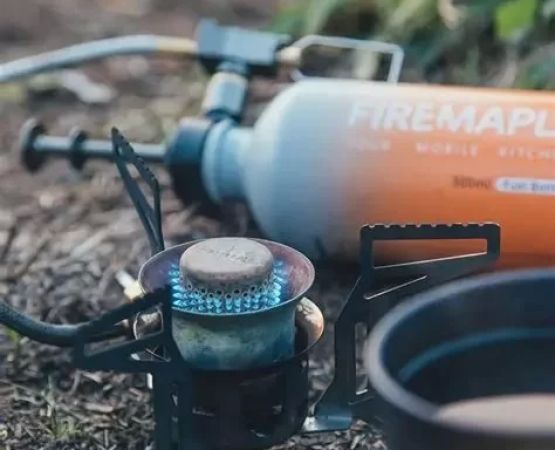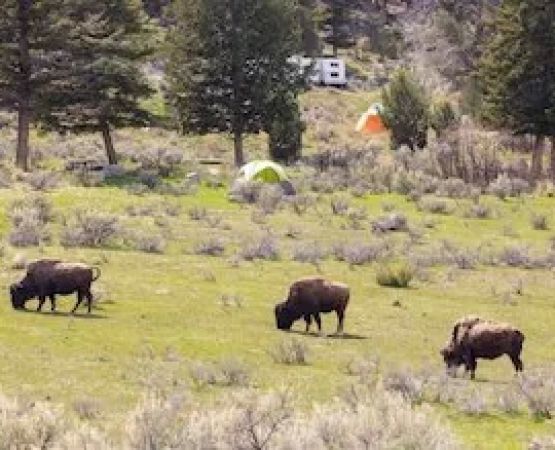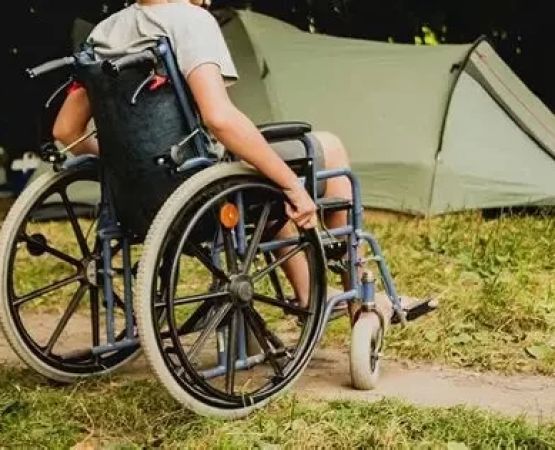- Understanding Minor Burns from Campfire Cooking
- First Aid Steps for Treating Minor Burns
- Common Mistakes to Avoid When Treating Burns
- Real Stories: Learning from Campfire Cooking Incidents
- Prevention Tips for Safer Campfire Cooking
- Where to Learn More About Camping Safety
Understanding Minor Burns from Campfire Cooking
Cooking over an open fire brings a unique charm to camping, but it also comes with risks. Minor burns are some of the most common injuries during outdoor cooking. They often happen when someone touches hot cookware, splashes boiling liquid, or accidentally brushes against flames. Recognizing the severity of a burn is essential—first-degree burns usually cause redness and pain, while second-degree burns may include blisters. Anything beyond this requires professional medical attention.
First Aid Steps for Treating Minor Burns
When dealing with minor burns from campfire cooking, quick action can prevent complications and speed up healing. The first step is cooling the burn under running water for 10–15 minutes. Avoid using ice, as it can worsen tissue damage. After cooling, gently clean the area and cover it with a sterile, non-stick bandage. Over-the-counter pain relief or aloe vera gel can ease discomfort and promote healing. Keeping the burn clean and protected is critical during outdoor trips where exposure to dirt and bacteria is high.
Common Mistakes to Avoid When Treating Burns
In camping scenarios, myths about treating burns often circulate. Applying butter, toothpaste, or oil is not only ineffective but can trap heat and bacteria, making the injury worse. Another mistake is popping blisters, which opens the door to infection. Campers should always carry a small first aid kit specifically equipped for minor burns—it’s a small step that makes a big difference when accidents occur.
Real Stories: Learning from Campfire Cooking Incidents
One camper in Colorado shared how he burned his hand while adjusting a grill rack. Thanks to quick cooling and proper bandaging, the injury healed without complications. Another family camping in Wisconsin admitted they used butter on a child’s burn, only to find the wound worsened and required a doctor’s care. These real-life stories highlight why knowing how to treat minor burns from campfire cooking with correct first aid can be the difference between a small setback and a ruined trip.
Prevention Tips for Safer Campfire Cooking
The best way to deal with burns is to prevent them in the first place. Always use long-handled tools when cooking, wear protective gloves if possible, and keep a safe distance from open flames. Assign one person to manage the fire while others handle food to minimize confusion. Teaching children about fire safety before the trip is equally important. Simple steps like keeping a bucket of water or sand nearby can add an extra layer of safety.
Where to Learn More About Camping Safety
For those planning extended camping trips, joining guided outdoor programs or staying at places like Pine Cliff Resort can provide both a comfortable stay and valuable lessons in camping safety. These destinations often include practical workshops on outdoor cooking, fire management, and first aid, helping campers feel confident and prepared.






